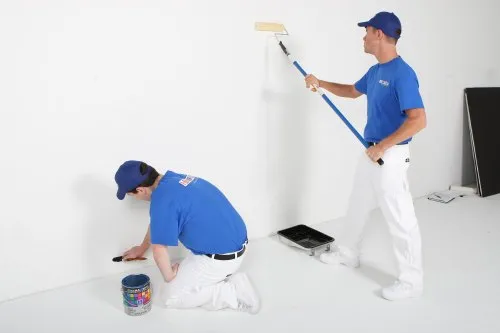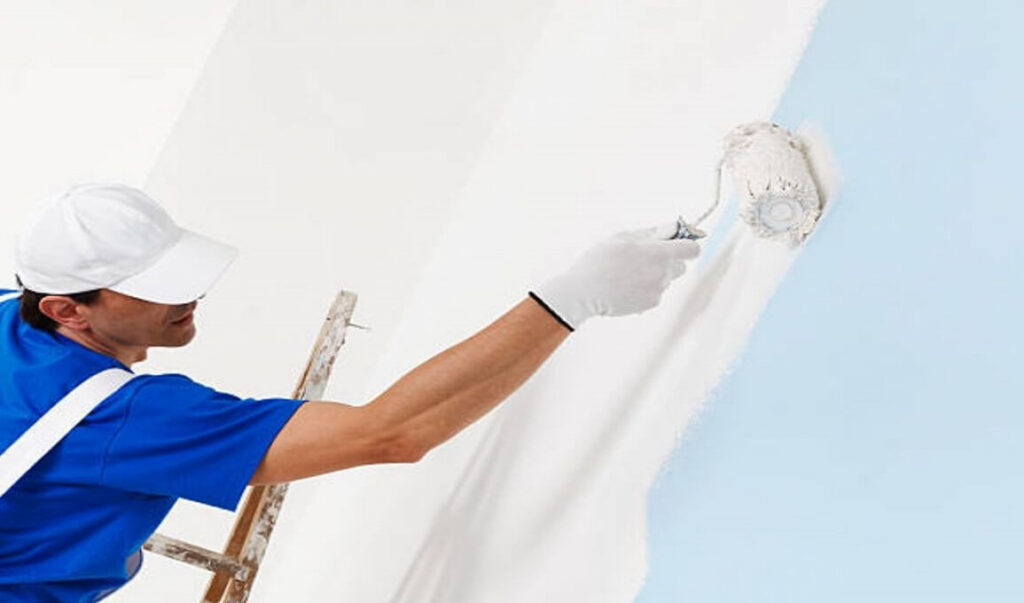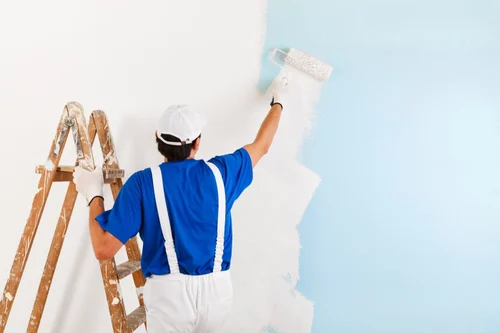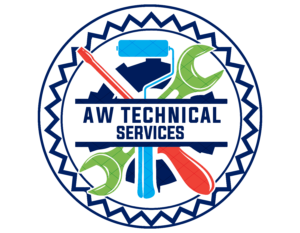Interior Wall Painting
What Are Interior Wall Painting?
Interior wall painting refers to the process of applying paint or other decorative coatings to the walls inside a building or structure. It is a common practice in residential, commercial, and institutional spaces to enhance the aesthetics and create a suitable atmosphere within the interior environment.
What Are Interior Wall Painting?
- Interior wall color consultation
- Preparation of walls for painting
- Paint selection guidance and recommendations
- Surface cleaning and priming
- Repair and patching of wall imperfections
- Application of base coats and multiple layers of paint
- Customized textured finishes (e.g., stucco, faux finishes)
- Accent wall painting or feature walls
- Wallpaper installation or removal services
- 10.Touch-up and maintenance painting


6.Paint application: We start by “cutting in” or painting along edges using a brush for precision.Use a roller for larger areas of the wall to achieve an even coat of paint.Apply multiple thin coats rather than applying one thick coat for better coverage and smoother finish.
7.Drying time: We give ample drying time between coats as per manufacturer’s instructions (usually 2-4 hours). Ventilate the area if possible to help speed up drying process.
8.Touch-ups & clean-up:Once completely dry, our team Inspect for any missed spots or imperfections and touch up if necessary.Clean brushes and rollers thoroughly with soap and water or according to manufacturer instructions.Remove drop cloths and painter’s tape carefully without damaging the newly painted walls.
Checklist and practices for Interior wall paintings:
- Prepare the room: We Clear the area, remove furniture or cover them with drop cloths.Protect floors, windows, and fixtures by covering them with plastic or painter’s tape.
- Surface preparation: We Clean the walls with mild detergent and water to remove dirt, grease, and debris.Patch any holes or cracks with spackle or putty. Sand these areas smooth once dry.Sand any rough spots on the walls to create a smooth surface. Remove old wallpaper if necessary.
- Prime the walls: We apply primer (if needed) to promote better paint adhesion and prevent stains from seeping through.
- Selecting paint: Our Team select suitable interior paint based on the desired finish (e.g., matte, satin, semi-gloss) and personal preferences.Consider factors like durability, washability, coverage, and environmental impact.
- Gathering supplies: We gather necessary painting supplies including brushes, rollers, trays, drop cloths, painter’s tape, etc.
Materials we use for interior wall painting:
- Paint: We choose the appropriate type of paint based on the desired finish and the nature of the walls (e.g., latex or oil-based paint). Consider factors like color, sheen, durability, and wash ability.
- Primer: Primer is optional but recommended, especially when dealing with new surfaces, stains, or dark-colored walls. It helps us with better paint adhesion and can block stains from bleeding through.
- Brushes: We use different brushes serve various purposes. Angled brush: Ideal for cutting in along edges and corners.Flat brush: Suitable for larger areas on smooth surfaces.Synthetic bristle brushes are commonly use with latex paints, while natural bristle brushes work well with oil-based paints.
- Rollers: We use rollers that allow for efficient coverage over larger areas:Roller frame: We hold the roller cover. Roller cover: Generally made of synthetic material and available in various textures (nap) to achieve different finishes.Extension pole: Useful for reaching high or distant areas.
- Paint trays or buckets: We use containers to hold paint during application

- Drop cloths or plastic sheets: We protect floors and furniture from accidental splatters or drips.
- Painter’s tape: We use to mask off areas that should not be painted, such as trim, windows, baseboards, or borders between colors.
- Sandpaper or sanding block: Our team smooth out rough spots on walls before painting and for light surface preparation.
- Spackle or putty knife: For patching holes and cracks in the wall before painting our team use Spackle or putty Knife.
- Cleaning supplies: Our team use cleaning supplies mild detergent or TSP (trisodium phosphate): To clean walls before painting.Rags or sponges for wiping down surfaces.Buckets for water/soap mixture and rinsing.

- Safety considerations: Professionals prioritize safety by using appropriate equipment (such as ladders), following safety protocols for handling paints (ventilation), and taking precautions against accidents or injuries during the painting process.
- Attention to detail: Experienced painters pay attention to details such as sharp lines between colors/trimmings and spotless edges/corners that may be challenging for DIYers without experience.
- Warranty/Guarantee: Trusted companies often provide warranties or guarantees on their workmanship or offer touch-up services if any issues arise after completion.
Why choose us for Interior Wall Painting:
- Expertise: Professional painters have experience and expertise in handling various surfaces, textures, and paint types. They know how to prepare walls properly, ensure even coverage, and achieve a high-quality finish.
- Time-saving: Painting an entire room or multiple rooms can be time-consuming, especially if you’re not experienced. Hiring professionals allows you to focus on other priorities while they efficiently complete the painting job.
- Quality results: Professionals have access to higher quality paint products and tools. They have the skills and knowledge to achieve smooth finishes, eliminate brush marks, reduce drips or splatters, and deliver a seamless appearance.
- Proper preparation: From cleaning walls and patching holes to applying primer and ensuring smooth surfaces, professionals understand the importance of proper preparation for paint adhesion and longevity.

